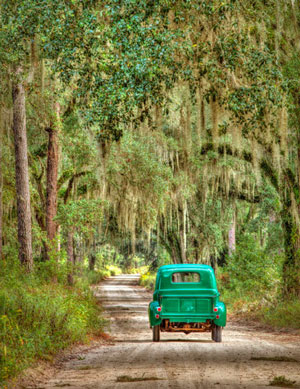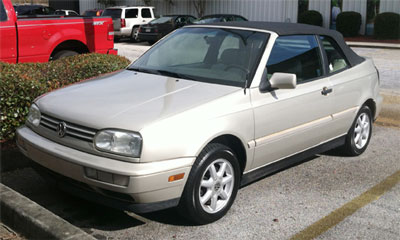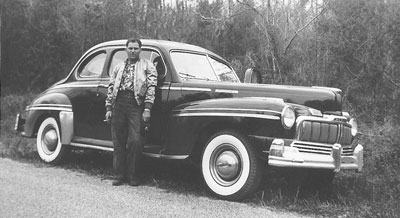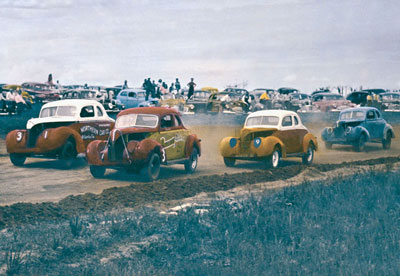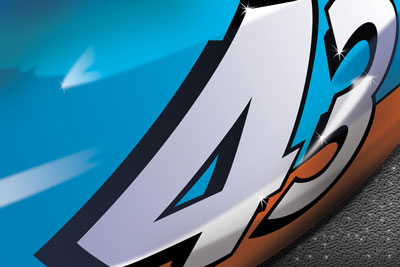 Today is the 3rd Sunday in February. The culmination of Speed Week. The beginning of the racing season. Today is the day of The Great American Race, the 58th Daytona 500.
Today is the 3rd Sunday in February. The culmination of Speed Week. The beginning of the racing season. Today is the day of The Great American Race, the 58th Daytona 500.
And yes, the Urge to Race is inside us all. Not to just be there watching, but to actually be driving a race car. Why else would we plop down upwards of $500 for 8 minutes of driving a real race car on a real track? Whether it be oval or road course, the Urge to Race is inside us all.
However, many of us cannot afford the luxury of a Race Experience, so we take matters into our own hands. How many times have we accelerated up to a curve, backed off going in, and gave it the juice halfway through? How many times have we been on the open road, seen the familiar S with an arrow road sign, felt that familiar feeling inside, and punched it through the turns?
While I certainly am not promoting street racing, I am simply saying that whenever possible, we practice the art of going fast without going fast. Incidentally, if you are driving a Ford F-150 70 mph inches off the rear bumper of a Toyota Corolla, you are not drafting. You’re just being a jerk.
We will pay $35 for 10 minutes on a go-kart track, complete with a helmet and fire suit. If we outrun our buddies, we leave exhilerated, convinced that we just won at Road Atlanta, Sebring or LeMans. Yes, the Urge to Race is inside us all.
So today, we will watch the Great American Race, cheer for our favorite driver, and remain convinced that we could be right there in traffic with ’em, rubbin’ paint. Yeah, right… Ladies and Gentlemen, Start Your Engines. Let the Season begin… –J.

